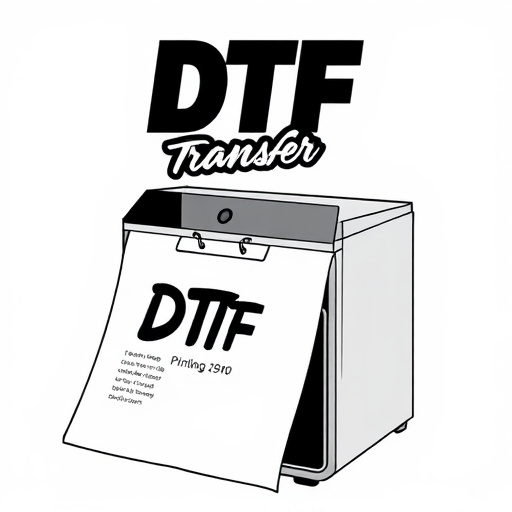Heat shield materials play a pivotal role in managing extreme temperatures across various sectors, especially automotive and aerospace. For high-performance vehicles, Heat Shield Cold Air Intakes (CAIs) are essential to protect against engine bay heat transfer, maintaining cool air supply for improved combustion efficiency, power output, and fuel economy. Key considerations when selecting materials include high-temperature resistance, weight, heat transfer capabilities, and corrosion resilience. Advanced materials like ceramic fibres and carbon fibre composites offer superior insulation while remaining lightweight, ensuring structural integrity under extreme conditions.
In the realm of automotive performance, heat shield materials play a pivotal role in managing temperature, particularly with the rise of high-performance engines and cold air intake systems. This article delves into the world of heat shield materials, exploring their unique properties and performance at extreme temperatures. We examine the specific requirements for cold air intakes, where effective heat shielding is paramount. By comparing various heat shield materials, we uncover optimal solutions for efficiency and durability in demanding conditions, ensuring both engine health and peak performance.
- Heat Shield Materials: Properties and Performance at High Temperatures
- Cold Air Intakes and Temperature Management: A Look at Heat Shielding Requirements
- Comparing Heat Shield Materials for Optimal Efficiency and Durability in Extreme Conditions
Heat Shield Materials: Properties and Performance at High Temperatures

Heat shield materials play a crucial role in various applications, especially in environments with extreme temperatures. When it comes to performance, each material exhibits unique properties that make it suitable for different uses, particularly in automotive and aerospace sectors where heat management is paramount. Materials like ceramic fibres and carbon fibre composites stand out due to their exceptional thermal resistance, capable of enduring intense heat without degradation. These advanced materials are often employed in heat shield designs for cold air intakes, ensuring optimal performance even under harsh conditions.
At high temperatures, the durability and stability of heat shields become critical factors. Some materials may experience structural changes or loss of effectiveness when exposed to prolonged heat. However, certain alloys and specialised composites maintain their integrity, providing consistent protection. This is essential for maintaining engine efficiency and safety in extreme environments, be it during space missions or high-performance automotive racing. Understanding the material’s behaviour at temperature extremes is key to selecting the right heat shield for specific applications.
Cold Air Intakes and Temperature Management: A Look at Heat Shielding Requirements

In the realm of automotive performance, especially with modified vehicles, proper temperature management is key to ensuring optimal engine health and efficiency. A critical component in this process are cold air intakes (CAI), which draw in cool, dense air from outside the vehicle to mix with fuel for better combustion. However, the path from intake to engine can be a hot one, particularly under high-performance conditions. Here’s where heat shield materials come into play.
Effective heat shielding is essential to maintain the desired cold air temperature throughout the intake system. High-quality heat shields act as a barrier between the engine bay and the intake tract, preventing excessive heat transfer from the surrounding environment. By managing intake air temperature, these materials contribute to improved engine performance, increased fuel efficiency, and extended component lifespan. In the following comparison, we explore different heat shield options and their unique properties tailored to meet the demanding needs of efficient and high-performance cold air intakes.
Comparing Heat Shield Materials for Optimal Efficiency and Durability in Extreme Conditions

In the realm of automotive performance and engine management, Heat Shield Cold Air Intakes (CAIs) play a pivotal role in enhancing efficiency and durability, especially under extreme conditions. The primary function of these heat shields is to protect the cold air intake from high temperatures emanating from the engine compartment, ensuring that cool air is consistently supplied to the engine. This is crucial as hot air reduces the density of the intake mixture, potentially affecting power output and fuel efficiency.
When comparing different materials for heat shield CAIs, several factors come into play. High-temperature resistance, weight, heat transfer capabilities, and corrosion resilience are key attributes. Advanced materials like ceramic fiber and high-performance composites offer superior insulation properties while maintaining light weight. These materials can withstand extreme temperatures without compromising structural integrity, ensuring optimal engine performance throughout various driving conditions.
In comparing heat shield materials, understanding their unique properties and performance under extreme temperatures is key. When it comes to cold air intakes, effective temperature management is paramount for optimal engine efficiency and durability. This analysis highlights the importance of selecting the right heat shield material to meet specific requirements, ensuring top-notch performance in various conditions. By considering factors like thermal conductivity, resistance to degradation, and weight, engineers can make informed decisions to revolutionize both automotive and aerospace applications.














